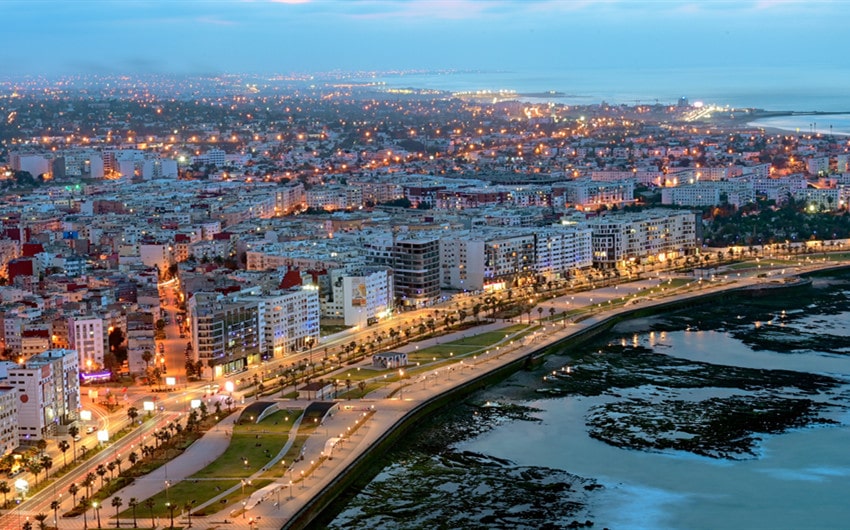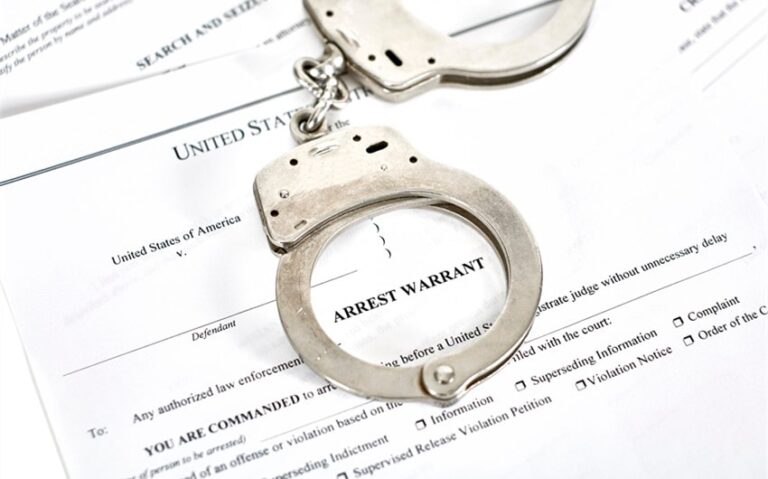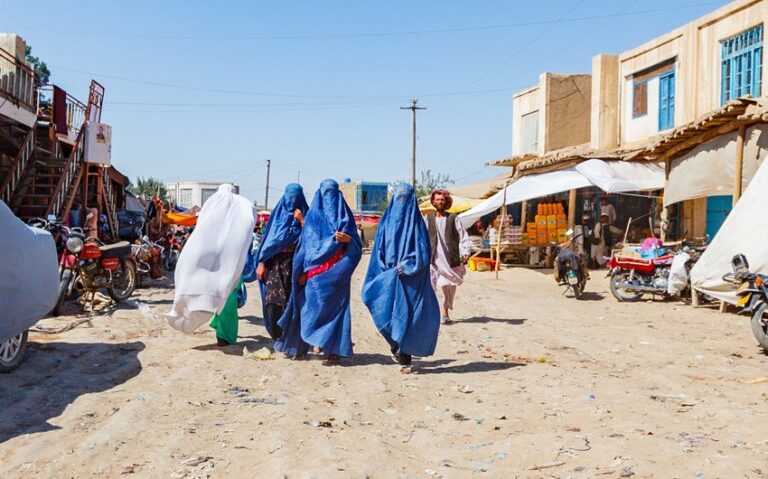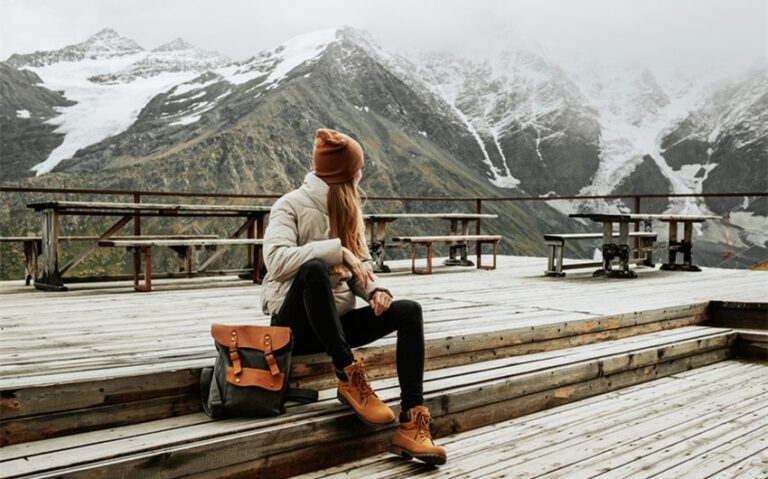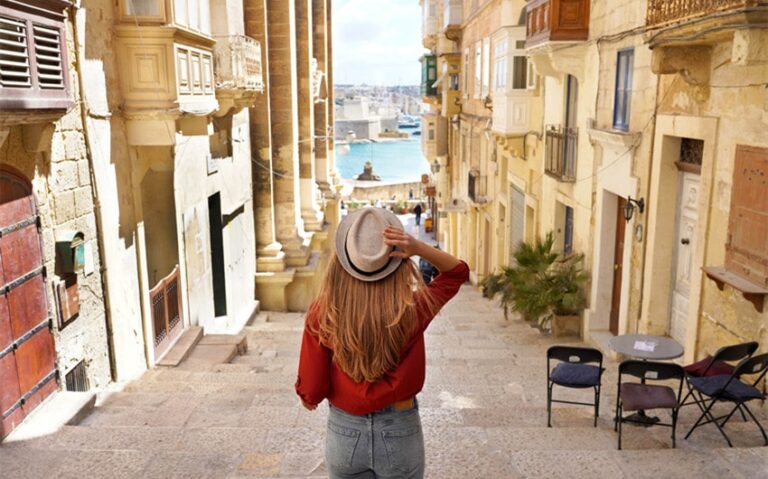Travel Tips for Morocco Every First-Time Visitor Should Know Before Going
Planning your first trip to Morocco? You’re in for an experience that’s vibrant, layered, and unlike anywhere else. But Morocco isn’t a place you want to stumble into unprepared. From navigating souks to respecting local customs, these travel tips for Morocco will help you move through the country with confidence, curiosity, and a lot fewer surprises.
1. Embrace the Medina Experience—It’s Controlled Chaos
The medina is Morocco’s soul. You’ll walk through narrow alleys surrounded by walls that have stood for centuries. Shops overflow with leather goods, lanterns, rugs, spices, and silver. But with that comes sensory overload—noise, color, motion, and yes, occasional scams.
- Use GPS sparingly: The medina often throws off signals. Download offline maps or ask your riad to draw a route.
- Ignore unsolicited “guides”: Some locals may offer directions and then demand payment. It’s okay to say no and walk away.
- Mark key landmarks: Mosques, fountains, or major gates help you orient yourself when you inevitably get lost.
Don’t fight the confusion—lean into it. Getting lost is part of the story.
2. Dress Modestly—It’s About Respect, Not Rules
You don’t need to wear traditional Moroccan clothing, but dressing modestly is a sign of respect, especially outside major tourist hubs. Even in liberal cities like Marrakech, conservative dress is appreciated.
- For women: Cover shoulders and avoid short skirts or low-cut tops. A scarf isn’t required but comes in handy in rural towns.
- For men: T-shirts and long pants are ideal. Tank tops and shorts are more acceptable at beach resorts but less so inland.
- Pack layers: Desert nights can be freezing even after 100°F days. Cities like Ifrane or Chefchaouen get surprisingly cold in winter.
You’ll blend in better, avoid unwanted attention, and gain local respect—something far more valuable than comfort alone.
3. Don’t Just Visit the Cities—Explore Morocco’s Diverse Landscapes
Morocco isn’t just souks and riads. Its geography is staggering. Within a few days, you can go from the Mediterranean coast to snow-capped mountains to rolling Saharan dunes.
- Atlas Mountains: Hike in Imlil or Ourika Valley. Spend the night in a Berber village guesthouse.
- Desert gateways: Start in Merzouga or M’Hamid. Opt for multi-day camel treks or 4×4 safaris.
- Coastal escapes: Try Essaouira, Taghazout, or Asilah for laid-back surf towns and seafood feasts.
If you only stick to big cities, you’ll miss Morocco’s heartbeat: its landscapes and the people who live in them.
4. Learn the Basics of French or Moroccan Arabic
Language opens doors. Most Moroccans speak Moroccan Arabic (Darija), and French is widely used in business, government, and hospitality. While English is spoken in many hotels and tourist sites, learning a few key phrases can dramatically improve your experience.
- “Salam alaykum” = Peace be upon you (greeting)
- “La, shukran” = No, thank you
- “Besh-hal?” = How much?
- “Merci” = Thank you (French)
Locals appreciate the effort, even if your accent is off. It shows you’re trying—and that matters.
5. Use Trains and Buses for Long Distances
Morocco has a surprisingly efficient transport system. Trains connect major cities comfortably and affordably, while buses go to more remote areas. For most routes, you don’t need a rental car unless you’re planning to drive through rural terrain.
- Trains: Operated by ONCF. Clean, reliable, and perfect for routes like Casablanca–Rabat–Fes.
- Buses: CTM and Supratours are the safest, most tourist-friendly options.
- Grand taxis: Shared taxis that run on fixed routes. Cheap, but expect tight quarters and no air conditioning.
If you rent a car, drive defensively. Roads in the mountains or countryside can be unmarked and erratic. Watch for speed traps and livestock alike.
6. Expect Cultural Nuance Around Gender and Social Interaction
Moroccan society is warm but also layered with cultural norms around gender. Smiling, shaking hands, and initiating conversation carry different meanings than in Western countries.
- Men may avoid shaking hands with women unless the woman offers first.
- Couples should avoid public displays of affection outside of resorts or big cities.
- Solo female travelers should remain aware of their surroundings but will find that respect and polite firmness go a long way.
Understand the culture, and you’ll find people are generous, protective, and curious—not hostile.
7. Tipping Is Part of Daily Life
In Morocco, tipping isn’t optional—it’s woven into everyday interactions. You’re not expected to tip huge amounts, but small gratuities are appreciated almost everywhere.
- Restaurants: 5–10% if service isn’t included.
- Cafés: Round up the bill or leave 2–5 dirhams.
- Guides, drivers, and hotel porters: Tip based on time and effort—20–100 dirhams is common for full-day guides.
Carry coins and small bills to avoid over-tipping simply because you don’t have change.
8. Don’t Fear the Hammam—Try It Instead
Public bathhouses (hammams) are a Moroccan tradition that goes back centuries. They’re part spa, part communal ritual, and completely rejuvenating.
- Local hammams: Affordable, authentic, and raw. Expect to be scrubbed clean—thoroughly.
- Tourist hammams: More luxurious, with private rooms and spa menus. Great for first-timers.
- Bring or rent your own items: flip-flops, towel, black soap, and scrub mitt (kessa).
It might feel awkward at first, but afterward, you’ll feel like you shed your entire travel fatigue in one rinse.
9. Visit During the Shoulder Seasons for the Best Experience
Timing makes a big difference in Morocco. July and August can be unbearably hot, especially in inland cities or the desert. Instead, aim for:
- Spring (March–May): Wildflowers bloom, the weather is mild, and tourist crowds are manageable.
- Fall (September–November): Comfortable temperatures and beautiful desert conditions.
Ramadan (dates vary yearly) can be a unique experience—but expect limited services during the day, especially in smaller towns.
10. Bring the Right Gear—It’ll Make All the Difference
You don’t need to overpack, but what you bring should serve both comfort and culture.
- Comfortable walking shoes for cobbled medinas and dusty paths.
- Scarves or shawls for sun, wind, or covering up.
- Medications and toiletries. Pharmacies exist but may not carry your brand or dosage.
- Power adapters for Type C and E plugs (220V).
A portable Wi-Fi device or Moroccan SIM card will also help you stay connected without paying international roaming fees.
Morocco Is a Journey of the Senses and the Spirit
It’s a place that pulls you in—sometimes gently, sometimes forcefully—but always deeply. When you’re prepared, aware, and open, Morocco doesn’t just meet your expectations. It rearranges them. Take the time to learn its rhythms. Let yourself be surprised. And remember, the best moments will happen somewhere between the plan and the detour.

